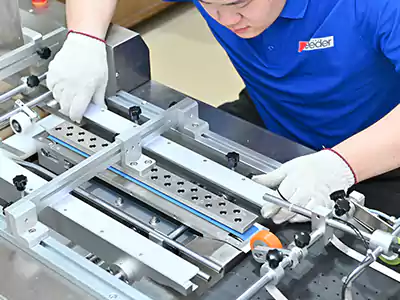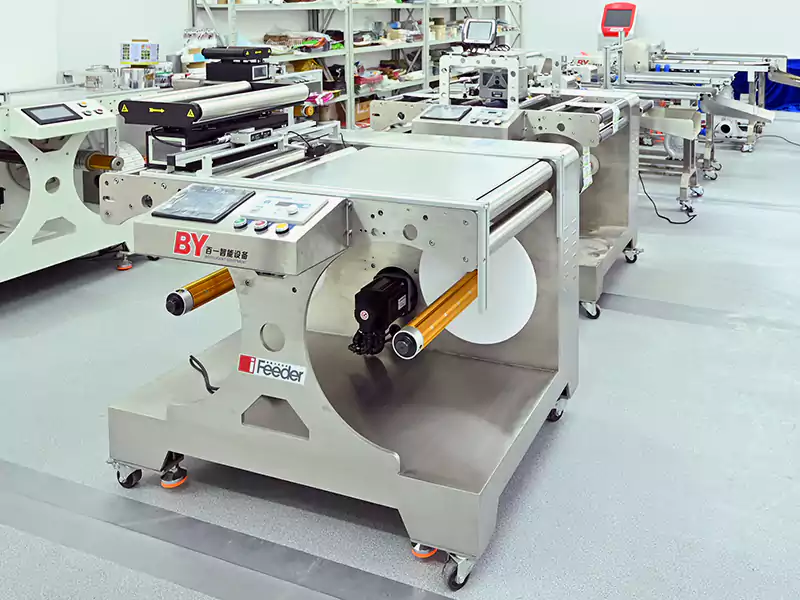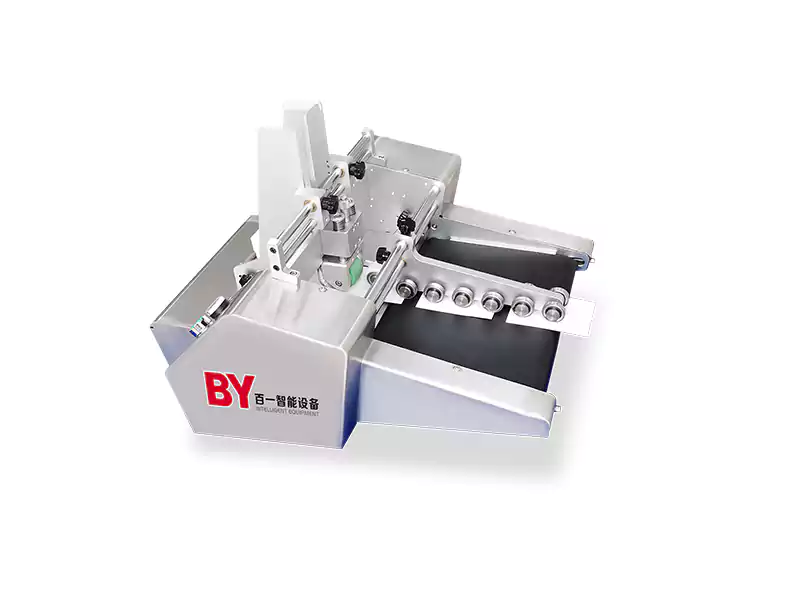Friction feeder issues are a common challenge in industries relying on precision material handling, such as printing, packaging, and automated production lines. From material handling equipment errors to automated packaging machine problems, these systems require meticulous friction feeder troubleshooting to maintain efficiency. Below, we explore common feeder problems, actionable solutions, and best practices for friction feeder maintenance to minimize downtime and maximize performance.

Key Challenges and Solutions
1. Friction Feeder Not Feeding Sheets Properly (Misfeeds)
Misfeeds often result from diagnosing friction feeder alignment issues or improper roller pressure. How to fix friction feeder misfeeds includes calibrating pressure settings, ensuring rollers are clean (how to clean friction feeder rollers), and verifying material compatibility strictly within the equipment’s ±0.05mm thickness tolerance threshold. Dirty or misaligned rollers exacerbate solutions for friction feeder slippage, particularly in cases such as:
Material Thickness Variance: Exceeding the feeder’s ±0.05mm tolerance range;
Drive Component Wear: Roller or belt wear surpassing 0.3mm (requires immediate replacement);
Feed Path Obstruction: Misalignment exceeding 1.5mm (high blockage risk).

2. Why Do Friction Feeders Jam?
Jams arise from mismatched material thickness, worn components, or debris in the feed path. Fixing friction feeders in such cases involves using compliant materials, replacing worn friction feeder belts, and clearing obstructions. Regular conveyor system troubleshooting can preemptively address these issues.
3. Troubleshooting Inconsistent Feeding Speed
Speed fluctuations stem from motor malfunctions, roller inconsistencies, or incorrect settings. Mechanical feeder adjustments, such as recalibrating drive systems and friction feeder calibration, restore consistent operation.
4. Sensor Failure in Feeders
Faulty sensors lead to skipped or double feeds. Inspecting and cleaning optical or pressure sensors ensures accurate detection. For persistent issues, consult top friction feeder manufacturers for repairs or reference a friction feeder replacement parts guide.
5. Excessive Noise and Component Wear
Feeder roller wear and tear from debris or improper pressure accelerates degradation. Repairing worn friction feeder belts and replacing bearings, paired with lubrication for friction feeders, mitigates noise and prolongs lifespan.

Feeder Maintenance Tips to Prevent Downtime
- Friction Feeder Maintenance Checklist:
Inspect rollers, belts, and sensors bi-annually (or quarterly in high-demand environments).
Clean rollers weekly to prevent slippage.
Lubricate moving parts to reduce friction and overheating.
Tighten loose bolts and address diagnosing alignment issues promptly.
- Preventing Friction Feeder Downtime:
Adhere to friction feeder manufacturer guidelines for material handling equipment errors.
Use anti-static treatments for sticky materials.
Monitor friction feeder error codes explained in manuals to preempt failures.

Cost to Fix Friction Feeder Problems
Costs vary based on issue severity: minor fixes like cleaning or adjustments are low-cost, while replacing motors, sensors, or entire rollers may require significant investment. Partnering with certified technicians or top friction feeder manufacturers for repairs ensures quality service and access to genuine parts.
Final Recommendations
Proactive friction feeder troubleshooting and adherence to a friction feeder maintenance checklist are critical for seamless operations. Address automated packaging machine problems early, prioritize lubrication for friction feeders, and keep a friction feeder replacement parts guide on hand for swift repairs. By integrating these strategies, you’ll enhance reliability, reduce the cost of fixing friction feeder problems, and sustain high-output production.




